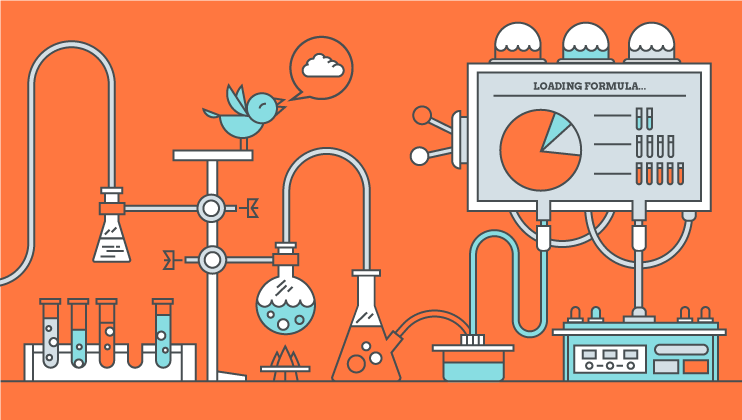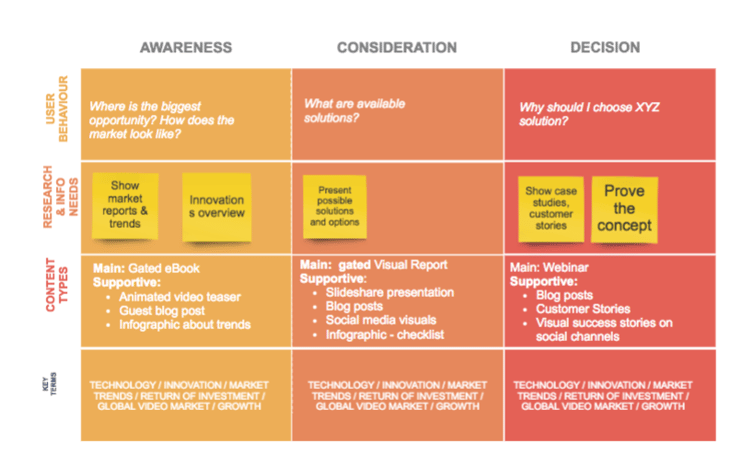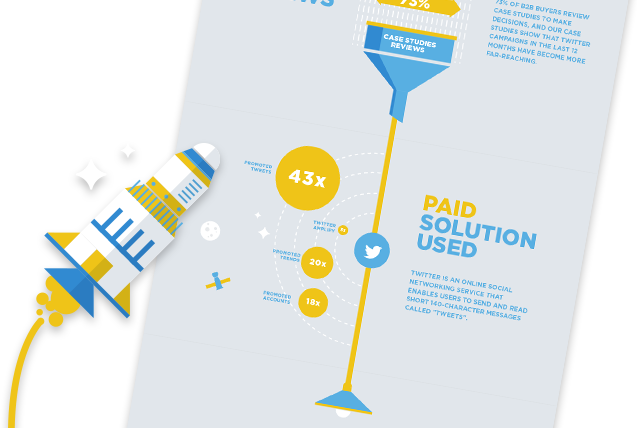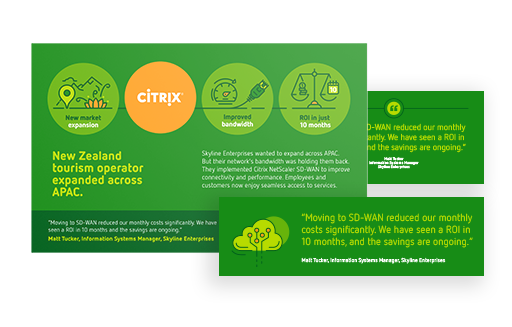
What do a pirate and an inbound marketer have in common? They both can’t get to the treasure without a map. While marketing booty isn’t measured in golden goblets and coins but rather in MQLs, SQLs, and new customers, the principle is the same but requires less plank walking and shoveling.
What is content mapping?
HubSpot has a great definition of content mapping: "delivering the right content, to the right people, at the right time." In other words - it is another method of tailoring your content to the target audience, with the buyer’s journey in mind. If you choose not to map your content, walk the plank, and just dive into the marketing waters without a plan, you are likely to drown in the ocean of other people’s content.

In simple terms, a content map serves the purpose of any regular map - to help a person get from point A to point B. In the context of content marketing, the people we’re making maps for are our potential customers, point A is our first interaction with them, and point B is closing the deal and turning them into customers. Just as Google Maps wouldn’t suggest the same route to Barcelona to someone traveling from Oslo by plane and someone who’s taking a train from Madrid, the content maps look different depending on which buyer persona they’re made for.
Let’s break the content mapping definition into its three core components:
Content mapping simplified worksheet:

1. Who is the traveler = the right people
When talking about real-life travel, this would mean people’s traveling habits - the type of transportation they prefer, whether they can afford luxury options like first class plane tickets, how much baggage they carry with them, if they like to take long breaks or just want to get to the destination as soon as possible...Something similar is applied in marketing when creating buyer personas. These representations of your ideal customers help you discover who they are, and by knowing that - you won’t be wasting time on promoting your content to people who are highly unlikely to be interested in whatever it is that you’re offering.
2. Where are they traveling from = the right time
This is where the second component of the content mapping, the buyer’s journey, comes into play. It’s important that you know how far your persona is from the destination - if they are a first-time visitor, have you already established some kind of interaction with them, or are they already a customer you want to interest in new offerings. Those who are at the beginning of the buyer’s journey might not even be aware they have a problem you have a solution for, or they might still be looking for ways to solve the problem. The timing here is everything, because if you make an offer at an early stage of the journey, the prospect will most likely not be ready to make a decision and you’ll drive them away.
3. What kind of instructions do they need = the right content
The third and final piece of the puzzle is matching content to your personas’ needs. What kind of topics would be useful to them at which point? They don’t need a map of Italy if they’re headed from Germany to Austria, and they sure don't need instructions on how to start the journey if they’re halfway along the way. This is where we go back to buyer personas - depending on the habits, goals, challenges, and pain points of the persona - the map is gonna connect them to different kinds of content that are the most useful to them at the moment.
Gee, that’s swell, but why do we need content mapping?
To attract more leads, turn them into customers, get rich, and buy a small island in the Pacific.
Whether you dream of retiring someplace exotic by the age of 40 or you have other plans with your money - the goal of every company leader (and everyone else in the company) is to make a profit. By implementing content mapping into your content marketing strategy, you’re increasing the chances of your content reaching the right kind of audience, which itself is a good enough reason to give it a try. For more information on content mapping and how it can be beneficial to your marketing strategy, don’t hesitate to contact us and talk some more.






